Electric cars were developed to solve one thing – emission. Manufacturers admitted (in a way) that their combustion engines are producing harmful emissions that have adverse effects on nature and humans. After that subtle admission, they sought for an alternative power source that will be cleaner.
The electric car existed as far back as the 19th century like the Flocken Elektrowagen. It was followed by one-off projects and concept cars from other makers over the years. Electric vehicles didn’t see success until Tesla released the first-gen Roadster in the early 2000s.
Since then, Tesla has paved the way for the mass-adoption of electric vehicles. Later on, other brands followed suit with varieties of integration like mild-hybrid, parallel hybrid, plug-in hybrid, and battery electric cars (like the Tesla Roadster). It’s a great way to let people transition at their own pace. Reuters reported that EV sales grew 31% in 2023, with battery electric vehicles accounting for 73% of the pie, with the rest a mixture of hybrid vehicles. That 27% of hybrids sold is still an important number because it means that people are still moving away from pure combustion engine cars and making a greener choice when they can.
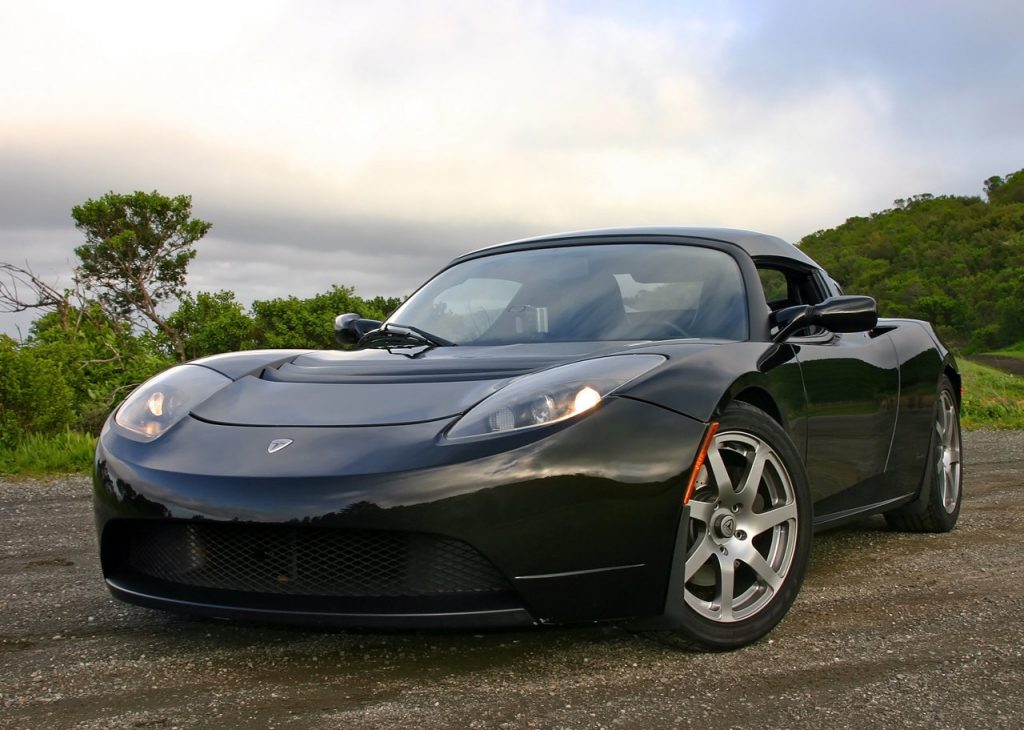
If we stop here, we see no need for hydrogen fuel cell cars. Why would brands spend millions or billions of dollars in research and development when battery electric cars are doing better and better each year? Well, it all comes down to the power source.
We can’t see it but in many areas in the world, electricity comes from dirty sources. Coal, fuel, nuclear (no, it’s not green, but that’s for another discussion), water dams, and many more produce the electricity needed for our daily needs. We see electricity as green since we only plug-and-forget our appliances, not minding how the power plants are producing such energy. For a truly clean and carbon-neutral cycle of mobility, we have to look elsewhere for power sources.
Solar and wind energy are two of the greener sources of electricity in the world. However, brands can’t just put up solar farms and wind power stations in the countries they operate. At the end of the day, they’re car brands, not energy suppliers. Also, some worry about the time and distance ratio of charging a car and the distance it gets, compared to the conventional refueling time and the range it gives.
FTXT and Hydrogen Fuel Cells
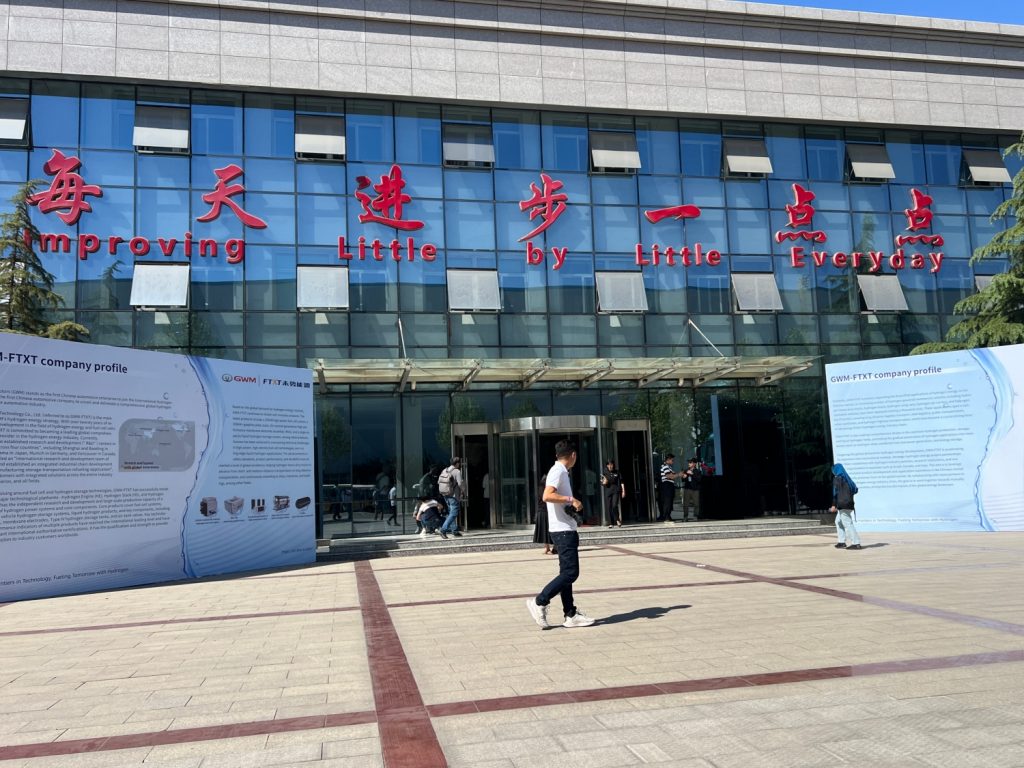
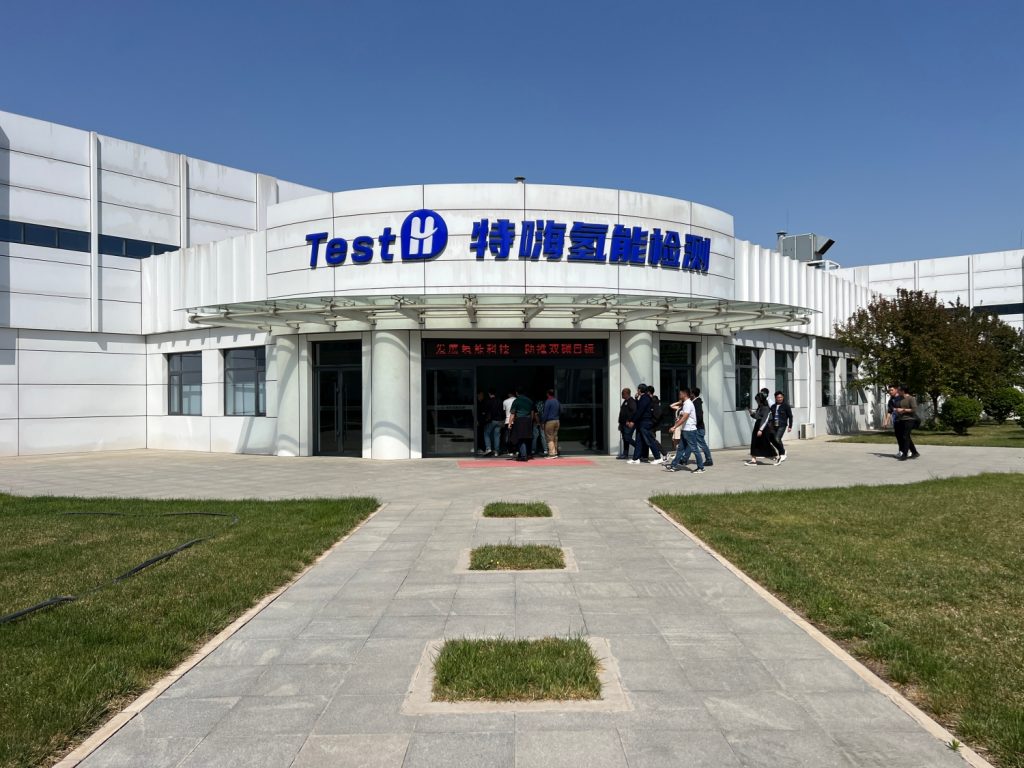
Great Wall Motors has been studying hydrogen energy for more than 20 years now. It’s only in 2019 when they created FTXT Energy as their arm focused on exploring the development of hydrogen fuel cells as means of mobility. Aside from China, they also have R&D centers in Canada, Japan, and Germany. FTXT says they are now in the commercialization phase of hydrogen fuel cells. This means they now have a complete renewable ecosystem surrounding the technology from sourcing, supplying end users, and having equipment suppliers for all phases of the chain.
They have more than 440 trucks running from the harbor to steel factories. They don’t have their own trucks but have partnered with various makers like FAW and Yutong to try out their hydrogen powertrains in the real world. We even got to ride one of the Yutong buses powered by FTXT and they are quieter while having the same capability as diesel powered buses.
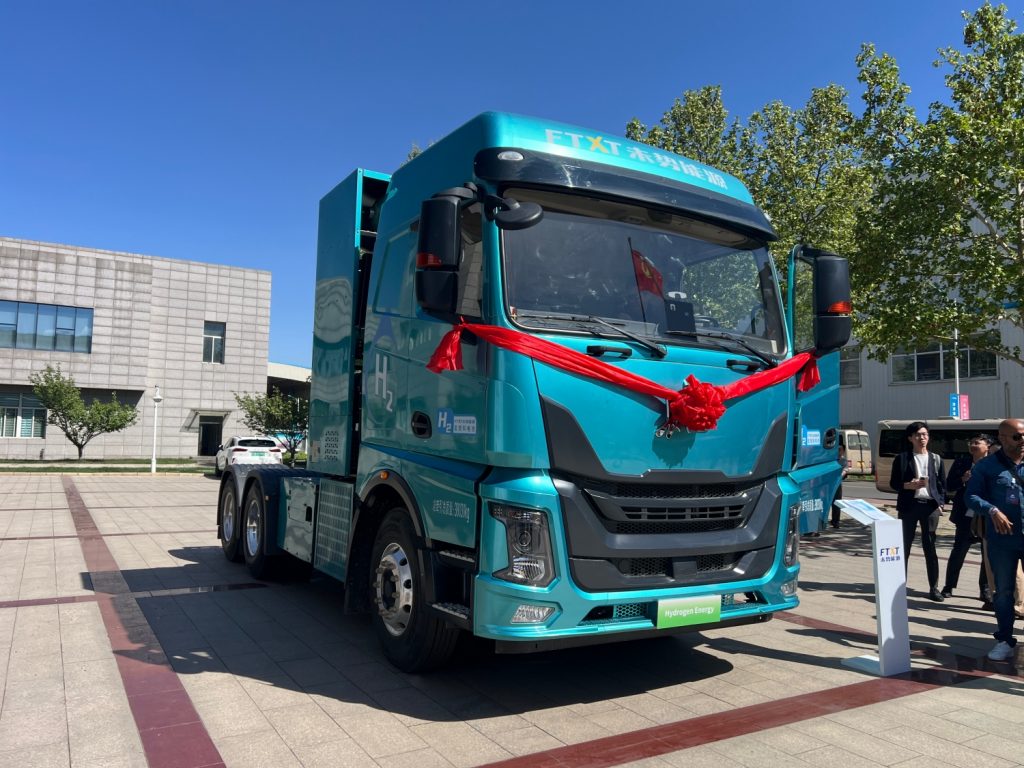
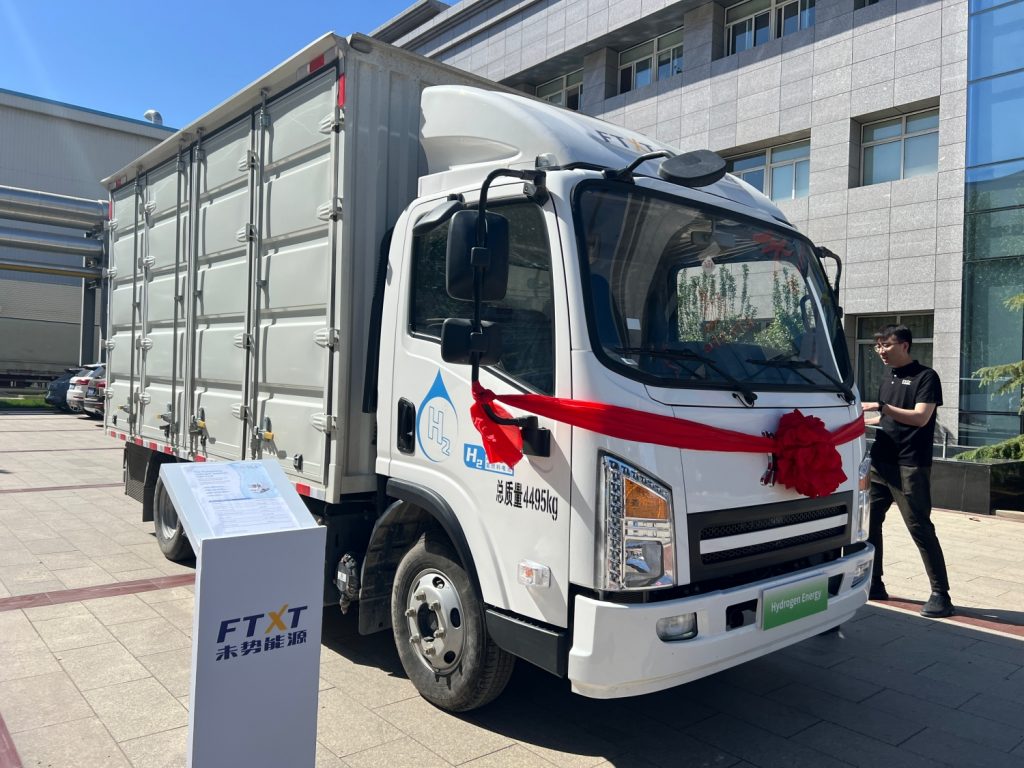
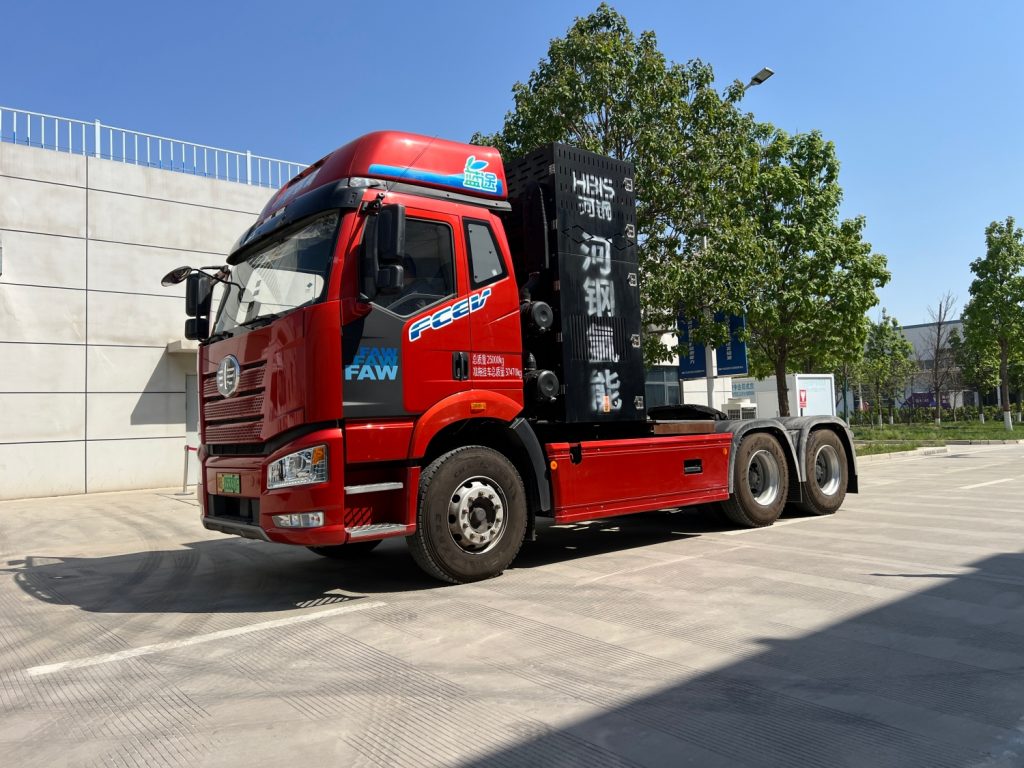
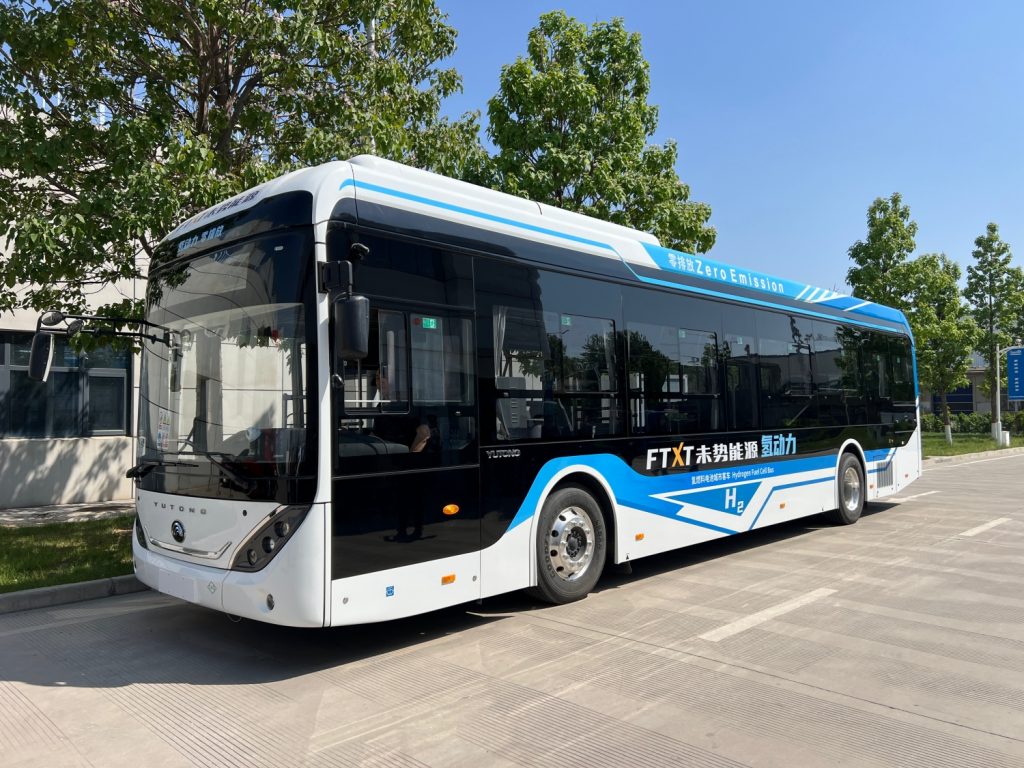
Of course these trucks won’t survive if they can only refill their hydrogen fuel cells in their headquarters. FTXT has partnered up with various private companies and energy providers to make refilling stations all over China. Right now there are around 400 of them in the mainland, which is still few considering the size of that country.
Despite their start with commercial vehicles, GWM and FTXT is planning to have hydrogen fuel cell technology put into passenger cars as well. In fact, there are rumors that GWM is planning to launch a new brand that will exclusively run with hydrogen.
Hydrogen Benefits
According to FTXT, one of the definite advantages of hydrogen power is how easy it is to acquire cleanly compared to conventional electricity. This will allow any brand to have true zero emissions with their green vehicles, from sourcing to the end product.
There’s also the matter of cost. If one will travel 100km right now in China, that will take about 10L of gasoline. With gas prices at 7RMB per liter, that distance equates to 70RMB out of your wallet. Compare that to hydrogen fuel cells which can go 100km with only 1kg of hydrogen, which costs 25RMB. That 45RMB difference will quickly add up as you rack more distance in your car.
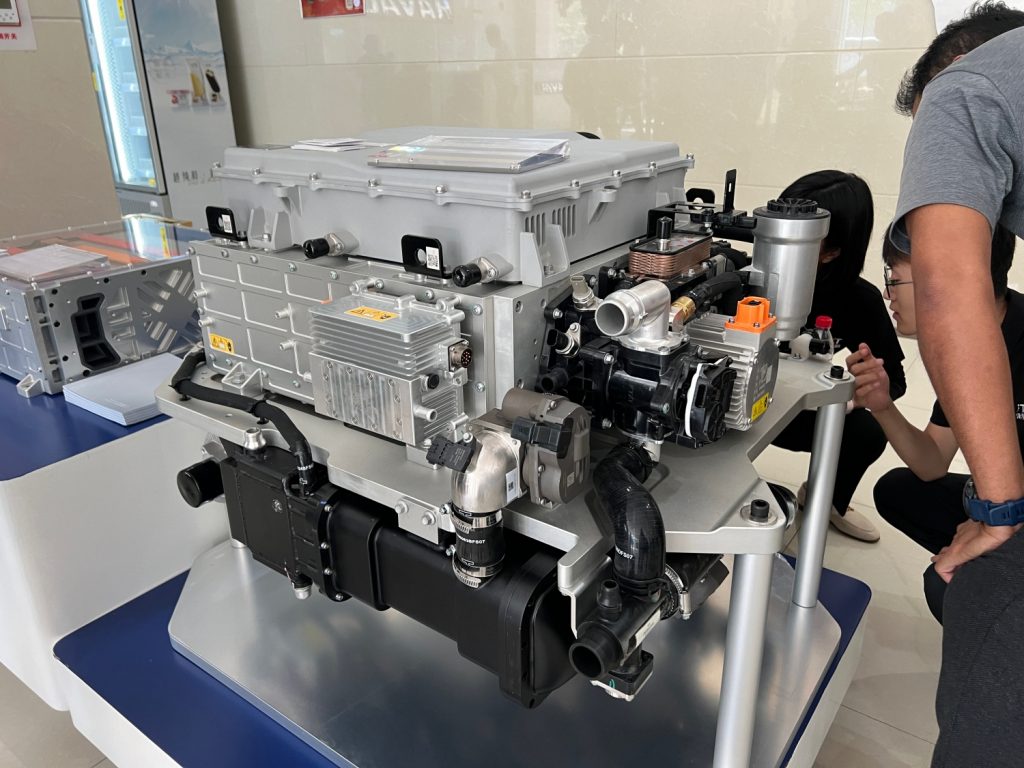
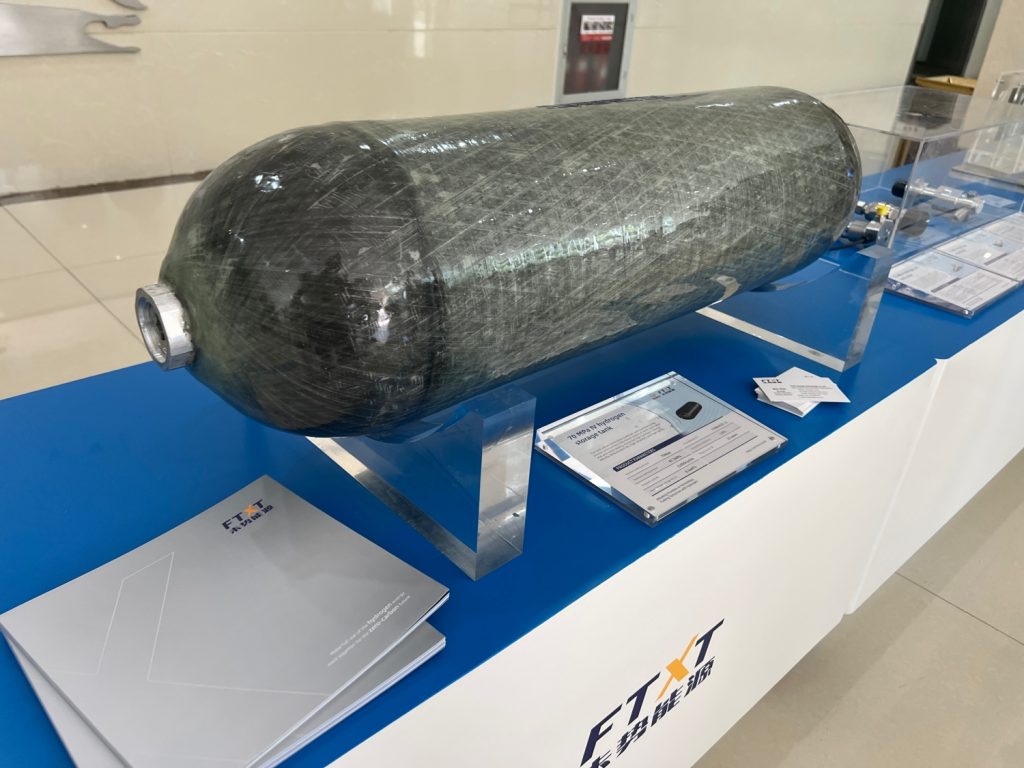
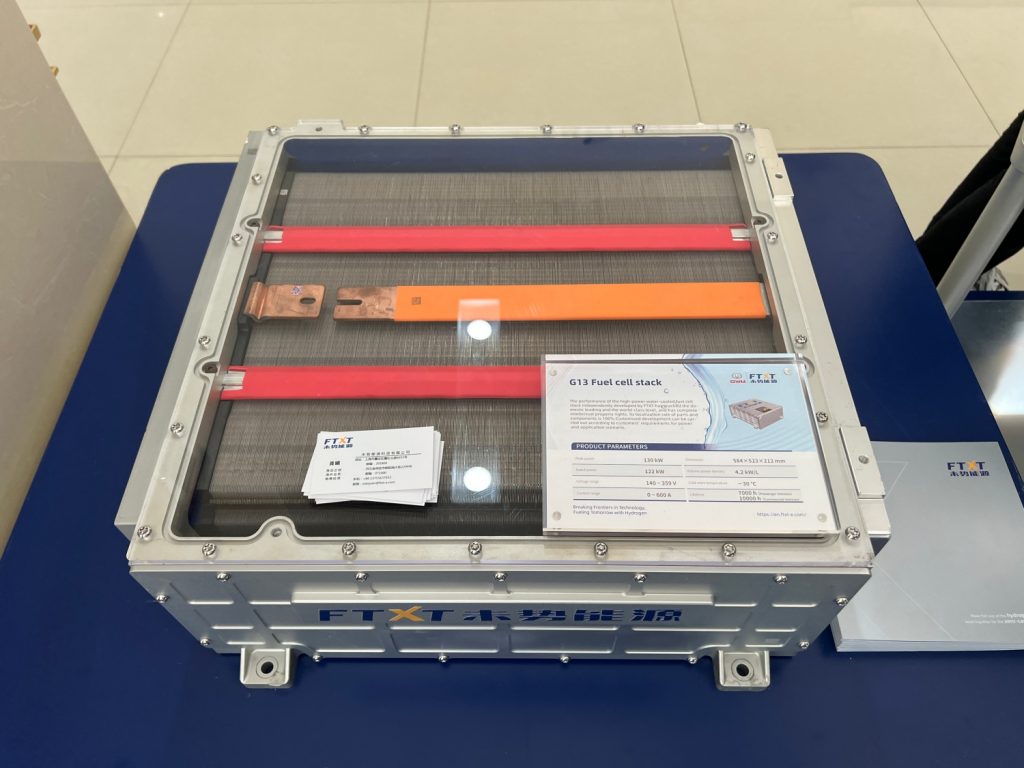
Another benefit is closer refuelling time to gas. We’re bummed with the hours it takes for an electric car to charge. There are fast-charging options but we can’t use them all the time because it will hurt the performance and longevity of the batteries. With hydrogen fuel cells, a passenger car can be filled up in 10mins, while a truck can be done in 20. Still a bit of time, but undeniably quicker than an EV.
Last advantage of hydrogen is weather. Electric vehicles have a performance disadvantage in cold weather since their batteries can’t reach their optimum temperature. Hydrogen doesn’t have that issue and will work well on both ends of the thermometer.
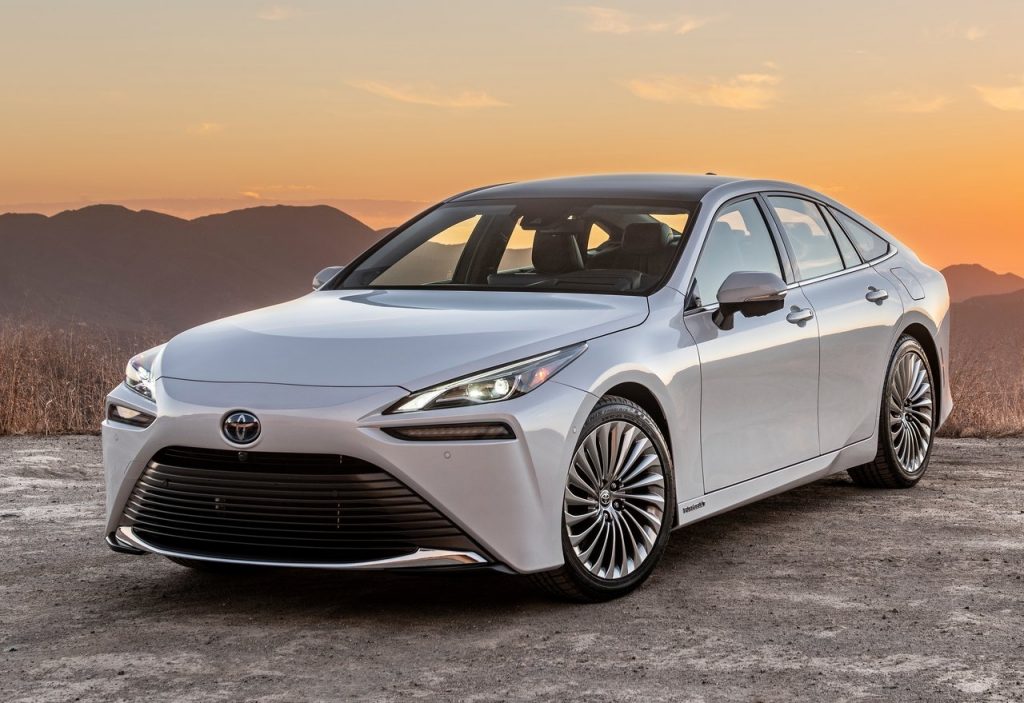
Great Wall Motors isn’t the only one exploring this technology. Toyota already has the Mirai available for sale in select parts of the world. There’s also the BMW iX5 Hydrogen, Hyundai Nexo, Honda CR-V e:FCEV, and a supercar in the 2,000hp Hyperion XP-1.

